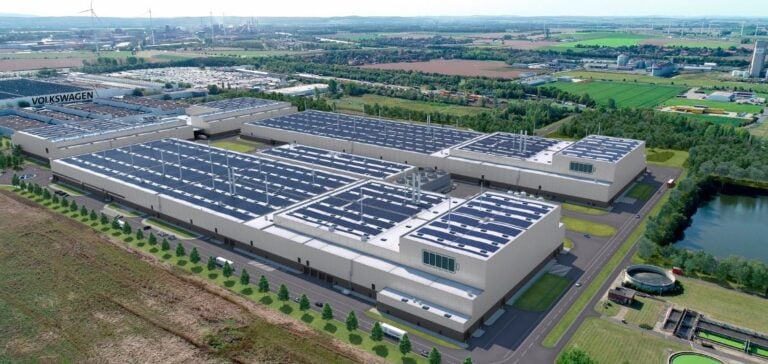Salzgitter AG has launched a call for tenders for its hydrogen needs as part of the first phase of its SALCOS® (Salzgitter Low CO2 Steelmaking) program. This program aims to reduce CO2 emissions in steel production through the use of hydrogen. A number of similar initiatives are also underway in Germany, such as GRTgaz in Saarland.
Tender and Production
Salzgitter AG plans to use up to 150,000 tonnes of hydrogen per year at its Salzgitter site. Part of this hydrogen will be produced by a 100 MW electrolysis plant currently under construction on the site, with annual production expected to reach around 9,000 tonnes by 2026. External hydrogen supply is scheduled to begin in 2027, subject to completion of the main hydrogen network or other alternative supply routes.
Strategy and deadlines
Gunnar Groebler, CEO of Salzgitter AG, emphasized the importance of a rapid connection to the main hydrogen grid in maximizing the SALCOS® program’s potential to reduce CO2 emissions. He expressed confidence in FNB Gas, the association of gas transmission companies in Germany, to quickly submit an application for network approval to the Federal Network Agency, once the state aid has been approved.
Partnerships and Deliveries
The first partners for hydrogen deliveries have already been identified, and public announcements to this effect were made at the end of April. Salzgitter AG plans to integrate these deliveries into its production process, depending on lead times and the availability of the main hydrogen network.
Challenges and Opportunities for the Energy Transition
Salzgitter AG’s SALCOS® project represents a crucial step in the steel industry’s energy transition. By committing to the use of green hydrogen, Salzgitter AG not only reduces its CO2 emissions, but also paves the way for technological innovations and strategic partnerships. However, the success of this initiative will largely depend on the speed with which the necessary infrastructure is put in place, and the continued support of public policies to encourage the integration of sustainable energy solutions.






















